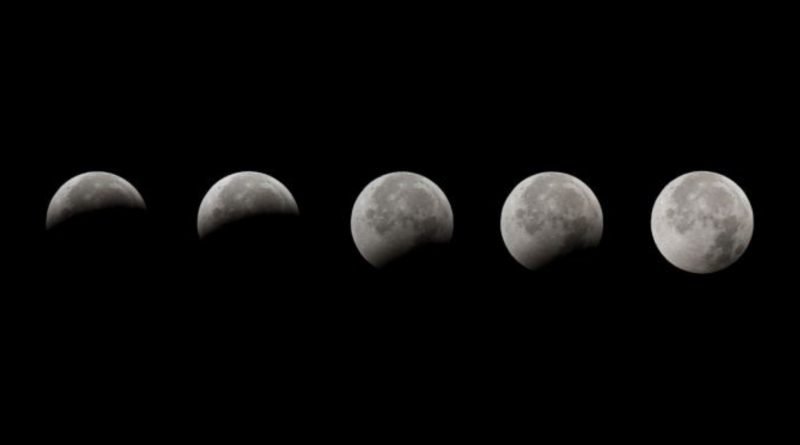Moon phases, agriculture and the crisis of science
Moon phases, agriculture and the crisis of science
Thousands of years of agricultural history, of lunar-related practices and an unrealistic dichotomy between agricultural tradition and official science. Yet even today science (still linked to the Galilean epistemological method) has serious difficulties in investigating much more complex phenomena (such as the relationship between the phases of the moon and agriculture).
Complex issues related to financial availability, research time (not well suited for the reporting needs of research institutes, commissioning of research (such as organization or multinational can benefit from such research, etc.).
Yet up to now anyone who practices these concepts in the name of tradition (millennia) or popular beliefs, customs or lunar calendars is marginalized by science and professors with a great difficulty of the same to find now an evolution to itself and its objectives future.
Nevertheless, throughout the world and in all civilizations, the farmers’ habit of following the phases of the moon to organize the crops, the sowing, in substitution of the use of fertilizers and chemical substances to have more generous crops and, in any case, to the different agricultural activities in the countryside have consolidated over the centuries. Thus the application of lunar calendars can not remain in the limbo of beliefs or pseudo-science. Farmers have always taken the moon into account when planning their work. The theme of the influence of the moon concerns agriculture in all its parts (sowing, transplanting, harvesting, wine bottling, pruning, tree cutting, etc.).
Is it possible that statistically widespread phenomena are ignored by the scientific method or is there more? Perhaps the time has come to re-discuss models of investigation and multiple correlations. In fact, for example, it is scientifically proven that the moonlight penetrates much more deeply into the ground than is able to make sunlight, positively influencing the germination process of the seeds.
The fact that there is indeed an effect of the moon on crops goes beyond the scientific method and its bibliography but is not alien to the results obtained by hundreds of generations of farmers. How could certain practices have been affirmed if they did not have any feedback over time? It would be enough only this axiom to bring down some pededals from the pedestal and analyze a little more in depth the topic.
On the other hand, the Moon in its cycle around the Earth varies local conditions through the following parameters: gravitational effect, luminosity, wavelength of reflected light and, through these, on tides, biochemistry of soils, living species, assimilation of the elements and a series of multiple correlations scientifically not fully investigated (or not at all).
It is clear that tackling research of this kind (and I say this as a researcher in agronomic entomology) requires cycles of observations that are ill adapted to the financing systems of scientific research, its duration and the achievement of evident results. Yet understanding the cosmos was not the spring that had pushed Galilei to undertake the wonderful journey of science? Maybe we have to start taking care of this big patient.
Guido Bissanti

